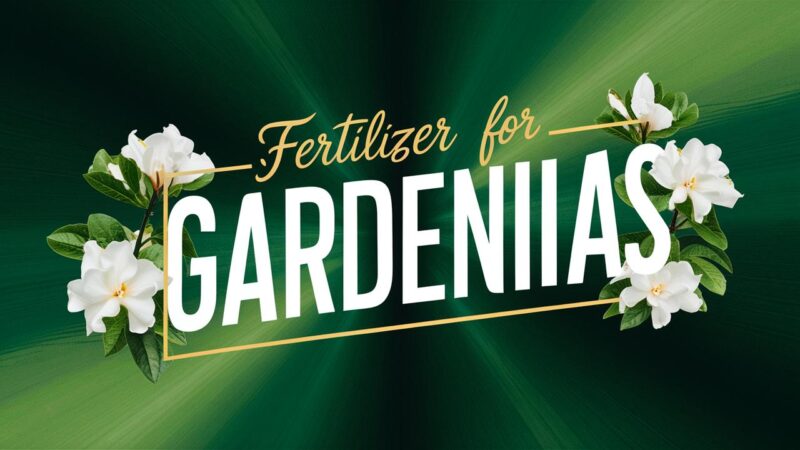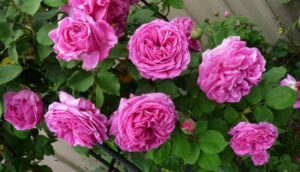Whether you’re a seasoned gardener or a novice looking to add elegance to your landscape, understanding where to plant gardenias is vital. This guide will explore the essential factors and the best practices to enhance your gardening experience with gardenias.
Understanding Gardenia Basics
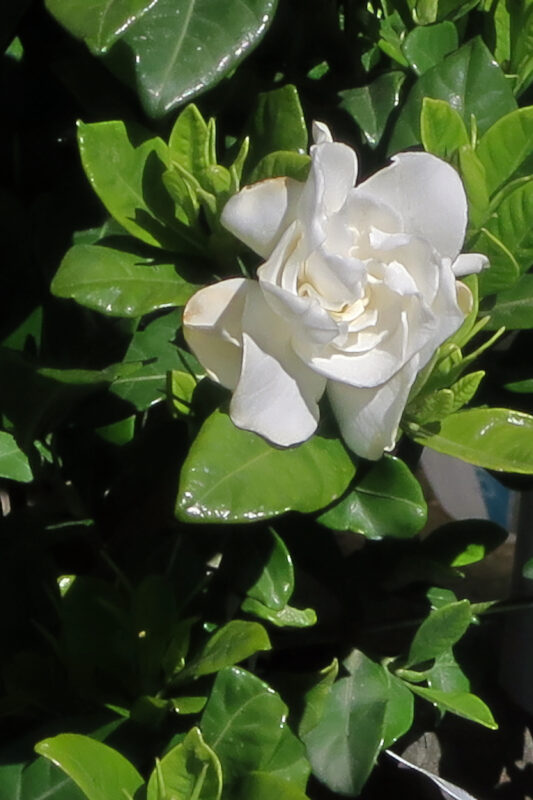
Before you dive into where to plant gardenias, it helps to understand their basic requirements. Originating from tropical and subtropical regions, gardenias thrive in warmer climates. They belong to the Rubiaceae family and are commonly known for their beautiful double blooms and aromatic scent. Species like Gardenia jasminoides are the most popular and frequently cultivated.
Hardiness Zones
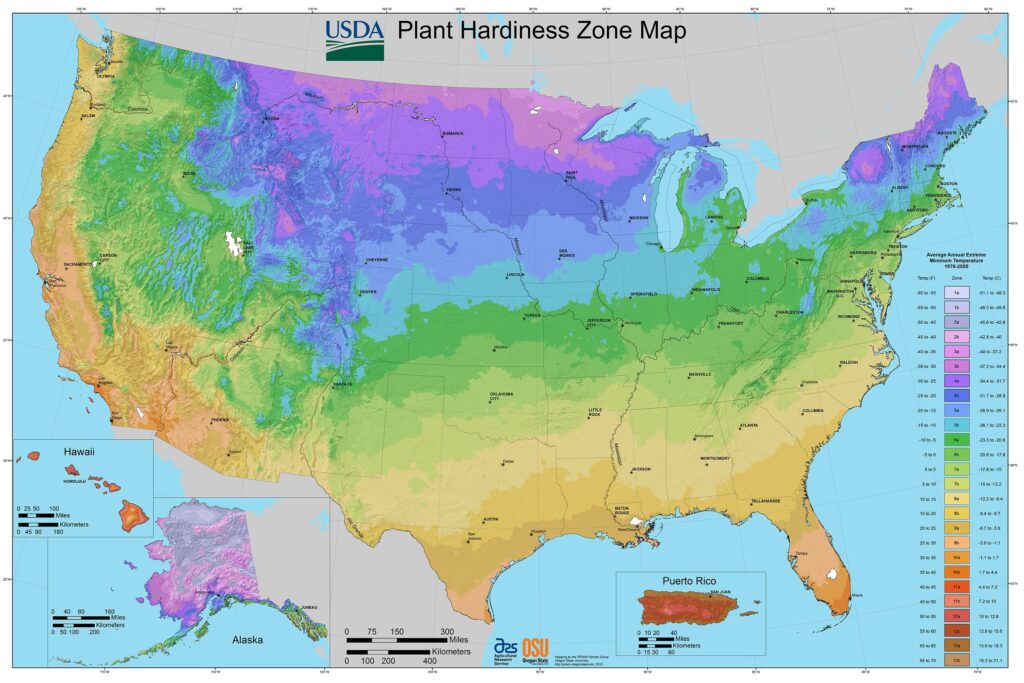
Gardenias flourish best in USDA hardiness zones 8 to 11, which include regions with average winter temperatures ranging from 10°F to 40°F. If you live in areas that experience cold winters, consider growing gardenias in containers that can be moved indoors during colder months, extending their planting potential to more temperate zones.
Factors to Consider When Choosing a Location
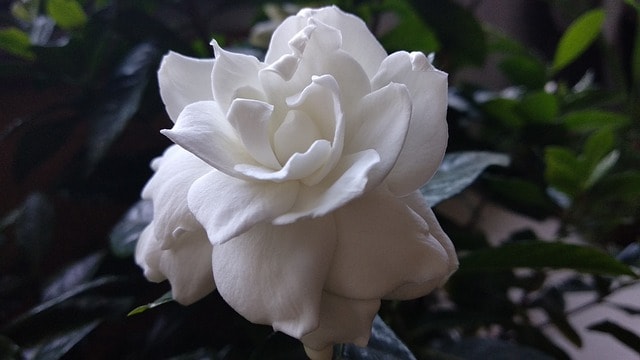
When deciding where to plant gardenias, several factors must be considered. Each element plays a significant role in the plant’s health, growth, and blooming potential.
Sunlight Exposure
Gardenias prefer bright, indirect sunlight. While they can tolerate some direct sun, too much can scorch their leaves and inhibit flower production. Ideally, look for a location that offers filtered sunlight, especially during the hottest parts of the day. A spot that receives morning sun and afternoon shade is often the most suitable.
Creating the Perfect Microclimate
If you have a southwestern exposure, consider using taller plants or structures to create a microclimate. This will shield your gardenias from intense afternoon sun, potentially improving their growth and health. Similarly, a gardenias planted near a wall that reflects light can benefit from increased warmth, aiding in their blooming cycle.
Soil Composition
Gardenias are picky about their soil. They prefer well-drained, acidic soil with a pH between 5.0 and 6.0. Conduct a soil test prior to planting to ensure the conditions are suitable. If your soil is too alkaline or doesn’t drain well, enrich it with peat moss or composted pine bark to amend the pH and improve drainage.
Raising the Soil pH
In certain situations, it may be beneficial to raise the acidity. You can do this by adding sulfur or iron-based fertilizers. These amendments are not only beneficial for the gardenias but can also enhance overall soil quality for other plants you may wish to grow.
Moisture Levels
Gardenias require consistent moisture to thrive. However, they are also susceptible to root rot due to overly saturated soil. When choosing a planting location, consider areas that do not collect standing water. Moreover, assess the local rainfall patterns and consider supplemental watering methods, such as drip irrigation or soaker hoses.
Best Locations for Planting Gardenias
With the basic requirements in mind, let’s explore specific locations and arrangements in which you can successfully plant gardenias.
In the Garden Bed
Planting gardenias in an established garden bed allows them to thrive among a selection of companion plants. Choose a spot that meets their light and soil requirements. Position gardenias towards the front or center of a flower bed for maximum visibility, ensuring they receive the sunlight they need without being overshadowed by taller plants.
Companion Planting
Gardenias pair beautifully with plants that enjoy similar acidic soil conditions and moisture levels such as azaleas, rhododendrons, and ferns. This mix not only adds variety to your garden but can also protect gardenias from pests, thanks to the diverse ecosystem that companion plants create.
Container Gardening
For those living in colder regions or with limited yard space, container gardening offers a versatile solution. Use pots that offer good drainage and allow for adequate growth. Choose an appropriate size to accommodate the mature size of the gardenia. Container gardens enable you to easily manage moisture and soil conditions while considering your gardenias’ light exposure.
Factors for Successful Container Growing
Ensure that your containers are sizable enough to allow for root expansion. Keep them in partially shaded areas during peak summer hours, and don’t forget to water regularly, as container plants tend to dry out faster than those in the ground.
Landscape Borders and Pathways
Gardenias can create stunning borders along pathways, serving as fragrant waypoints as you walk through your garden. When planting along paths, keep the plants spaced appropriately to prevent overcrowding and maintain airflow. This spacing helps reduce the risk of fungal infections and encourages healthy growth.
Focal Points in Landscaping
Utilized as a focal point in a landscape design, gardenias can serve as eye-catching accents. Plant them near patios or entries where their fragrance can be enjoyed. Consider companioning them with low-growing plants or decorative stones to enhance visual appeal.
 Ideal Planting Techniques
Ideal Planting Techniques
Understanding where to plant gardenias is merely one part of their successful cultivation. Effective planting techniques are equally crucial.
Timing Your Planting
Timing is paramount for root establishment. The best time to plant gardenias is in the spring or early fall when temperatures are milder. This gives the plants ample time to establish roots before the harsh summer heat or winter chill sets in.
Digging the Right Hole
When planting, dig a hole that is twice as wide and just as deep as the root ball. Gently loosen the roots before placing the plant into the hole, ensuring the crown is level with the soil surface. Backfill the hole with soil mix, lightly packing it to eliminate air pockets.
Mulching for Benefits
Once planted, apply a layer of mulch around the gardenia. Organic mulch, such as shredded bark or pine needles, helps retain moisture, suppresses weeds, and gradually enriches the soil as it breaks down. Avoid mulch touching the plant’s base to prevent rot.
Common Challenges When Planting Gardenias
Even with the right location and techniques, you may face challenges when growing gardenias. Awareness of these common issues can help you mitigate potential problems.
Pest Management
Gardenias can attract pests such as aphids, spider mites, and whiteflies. Monitoring your plants regularly can help you spot infestations early. A gentle wash with water can help, as can organic insecticidal soaps. Promote healthy plants by ensuring good airflow, which helps in preventing many insect-related issues.
Fungal Diseases
The combination of moisture and humidity can lead to fungal diseases, like powdery mildew or root rot. To prevent this, avoid overhead watering and ensure your gardenias have plenty of sunlight and airflow. If an infection occurs, treat it promptly with fungicides or natural treatments.
Nutrient Deficiencies
Nutrient deficiencies may manifest as yellowing leaves or poor blooming. Regularly testing your soil can help you identify nutrient needs. Fertilizing with an acid-loving plant fertilizer during the growing season can ensure your gardenias receive adequate nutrition.
Conclusion
Planting gardenias requires careful attention to their specific needs regarding location, soil, moisture, and light. By selecting the right spot in your landscape—be it in a garden bed, as a potted plant, along pathways, or as a focal point—you can enjoy their fragrant beauty and lush foliage. Remember to consider companion planting, timing, and ongoing care practices to ensure they thrive.


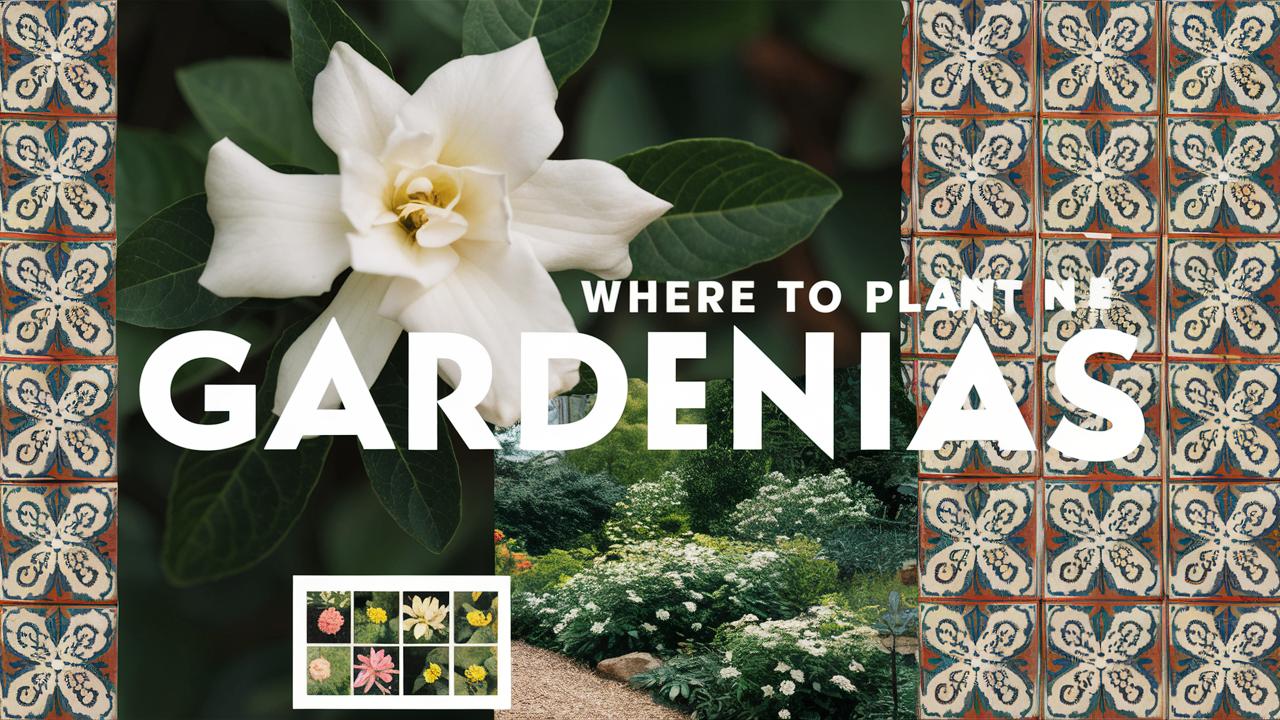
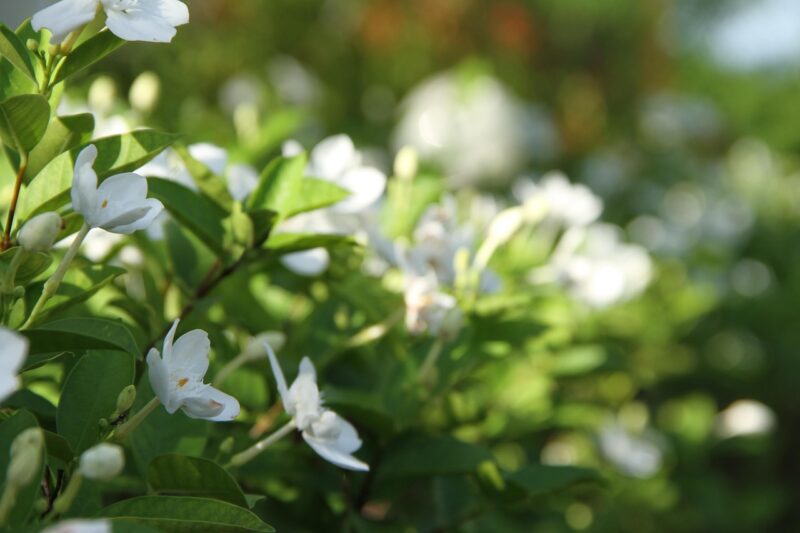
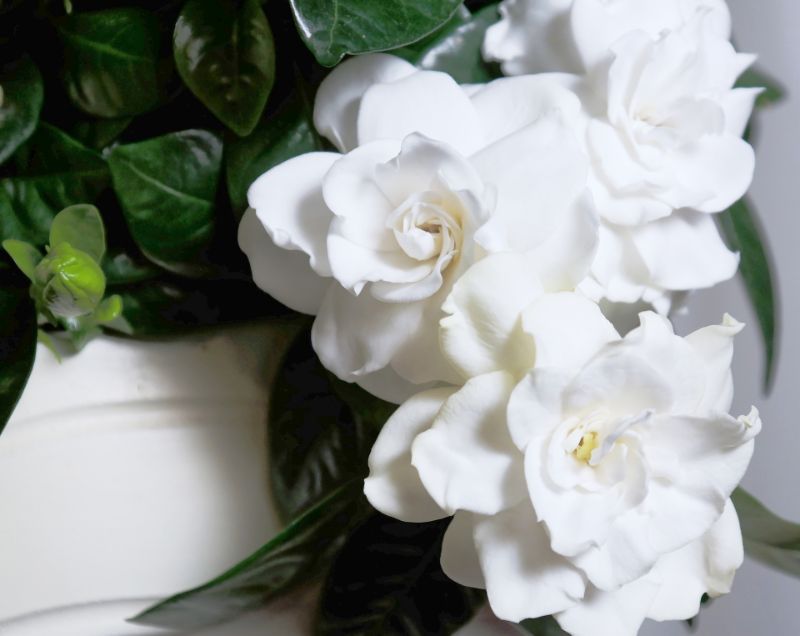 Ideal Planting Techniques
Ideal Planting Techniques